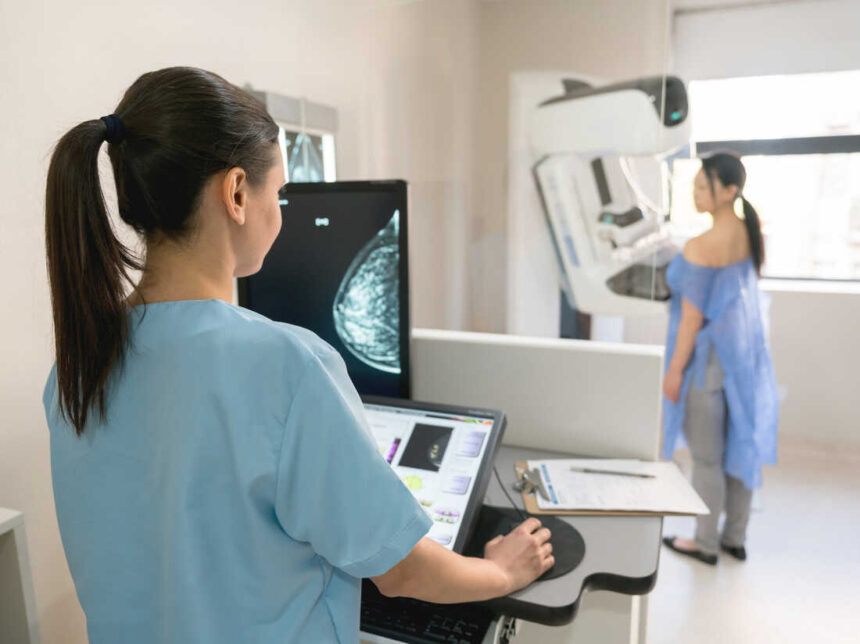A breast exam is a physical check of breast tissue that helps identify changes or signs of potential health issues. It can be performed by an OBGYN during a routine visit or by an individual through self-examination. The purpose is to detect lumps, changes in skin texture, or nipple discharge that could indicate underlying conditions. While not every change means cancer, early detection increases the range of treatment options and improves outcomes. Breast exams are part of a broader approach to women’s health that also includes imaging tests like mammograms. By understanding what the exam involves and when to schedule one, you can take proactive steps toward protecting your health.
What Happens During a Breast Exam?
A clinical breast exam conducted by an OBGYN involves visually and physically checking both breasts and underarm areas. The provider will look for visible changes in size, shape, or skin condition. Using their hands, they will gently feel the breast tissue in a circular pattern, covering all areas to check for lumps or irregularities. They may also examine the lymph nodes under the arms to detect swelling. The process is quick, non-invasive, and typically painless.
When Should You Get a Breast Exam?
Recommendations vary depending on age, risk factors, and personal health history. For women in their 20s and 30s, a breast exam may be included as part of a regular health check every one to three years. After age 40, annual exams are often recommended alongside routine mammograms.
Women with a family history of breast cancer or certain genetic markers may need to begin screening earlier and have exams more frequently. Your OBGYN will help determine the best schedule for you based on your risk profile. Self-breast exams allow women to become familiar with their own breast tissue and notice changes more quickly. The exam is typically done while standing or lying down, using the pads of your fingers to check all areas of the breast. It’s best performed once a month, ideally at the same point in your menstrual cycle to minimize hormonal changes in breast tissue.
While self-exams should not replace clinical screenings, they are a valuable supplement. If you notice changes such as a lump, thickened tissue, or nipple discharge, contact your OBGYN promptly. Early communication helps determine whether further testing is needed.
Why Partner With an OBGYN for Breast Health?
An OBGYN provides both preventive care and early detection strategies tailored to your personal needs. They can assess your risk factors, recommend the right screening timeline, and coordinate any necessary follow-up tests. Their training allows them to distinguish between benign changes and those requiring further evaluation.
Establishing a trusted relationship with your OBGYN means you can discuss any concerns openly and receive guidance on lifestyle choices that may support breast health. They also stay up to date with changes in screening recommendations and advancements in diagnostic tools. This partnership creates a proactive approach to long-term wellness.
Take Charge of Your Breast Health
Staying informed about the timing and purpose of breast exams is one of the most effective ways to protect yourself. Schedule regular clinical exams based on your age and risk factors, and complement them with monthly self-exams. Keep track of any changes and share them with your OBGYN at your next appointment. Maintain a healthy lifestyle through balanced nutrition, regular exercise, and limiting alcohol consumption, as these factors can influence breast health. Remember that early detection offers the widest range of treatment options. By making breast exams part of your healthcare routine, you empower yourself to take an active role in your well-being.





